The Molehill on The Equestrian Statue of William III
This statue includes the molehill that toppled a king.
In 1688, the Glorious Revolution saw William III and his wife Mary ascend to the English throne, marking the end of Catholic rule under James II.
In tribute to William’s reign, an impressive equestrian statue was erected in St James’s Square, London. This magnificent sculpture, crafted from bronze, portrays William III as a powerful Roman general, evoking a sense of strength and authority. Despite being dressed in Classical garb, however, William’s hairstyle remains true to the late 17th century.
Notably, another aspect of the statue that is true to life can be seen at its base. By the feet of William’s horse is the distinctive mound of a molehill. This small inclusion is a reference to the incident in which William’s horse stumbled over a molehill at Hampton Court Palace, causing William to fall and sustain injuries that ultimately led to the king’s death.
This humble lump, the cause of the king’s undignified demise, is said to have led his opposition, most notably the Jacobite supporters of James II, to raise a toast to the mole or as they eloquently phrased it, “to the little gentleman in a velvet jacket.”
Know Before You Go
The square is a private garden, open to the public, Monday to Friday until 4.30pm. The statue can still be viewed through the surrounding fence when closed.
There is a ramped entrance to the garden opposite No.26. Once inside the park there are level paths that surround the statue.

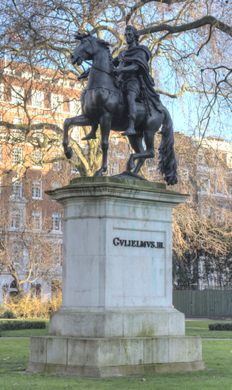


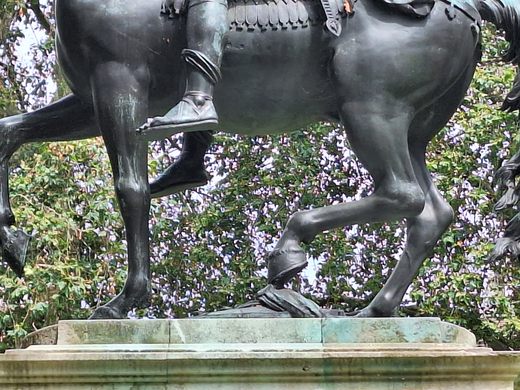
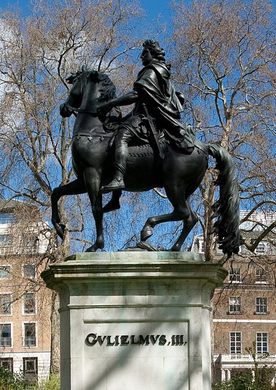
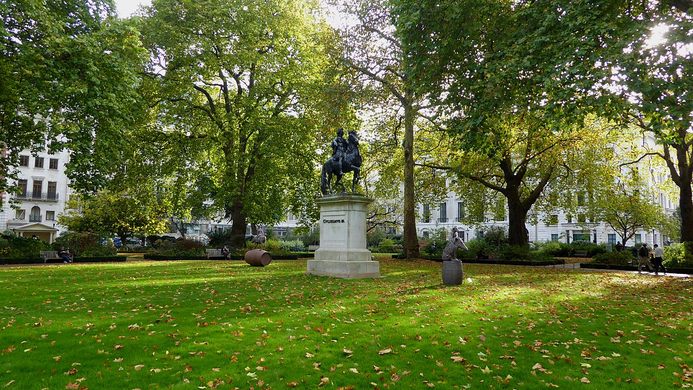







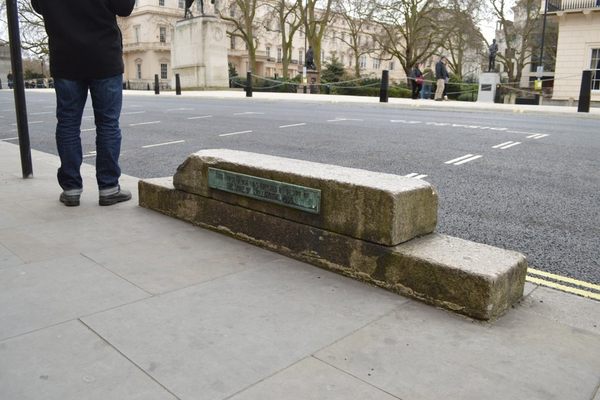







Follow us on Twitter to get the latest on the world's hidden wonders.
Like us on Facebook to get the latest on the world's hidden wonders.
Follow us on Twitter Like us on Facebook